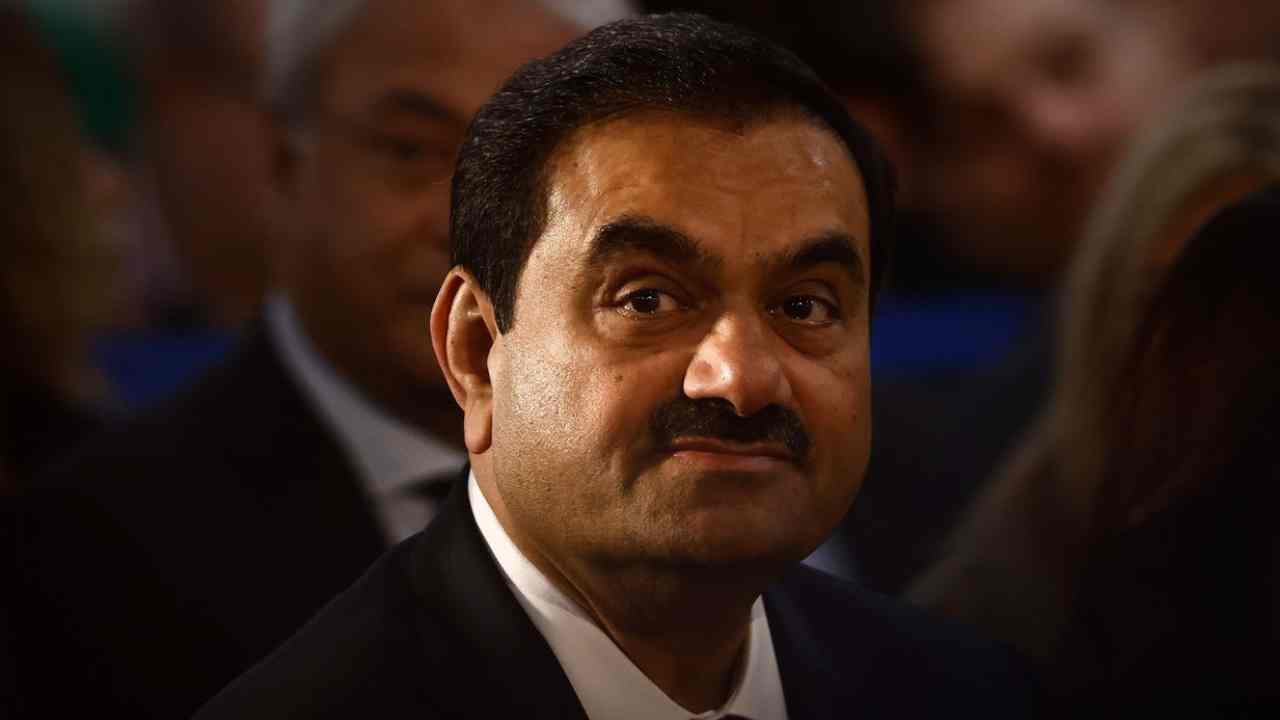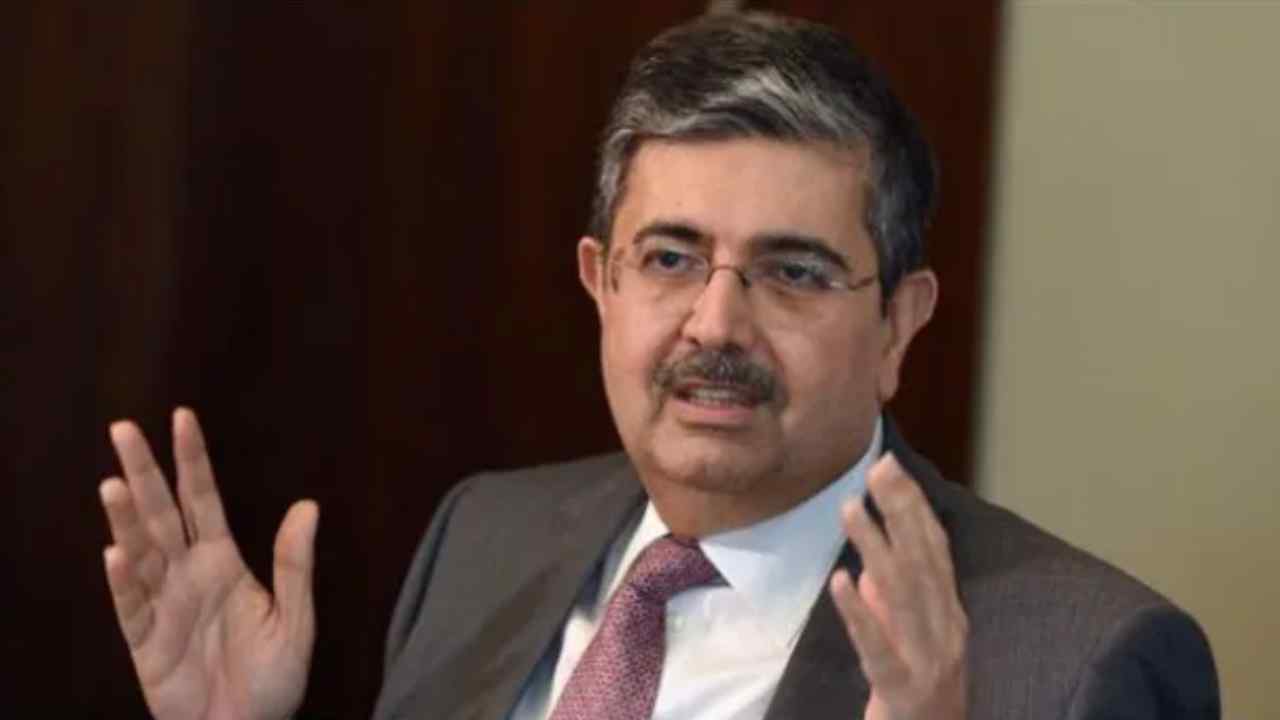Market Overview on September 13
The benchmark equity indices experienced a slight downturn during the trading session on September 13, with the Sensex closing down by 72 points at 82,891 and the Nifty falling 32 points to end at 25,357. Investors remain cautious as market dynamics shift, prompting discussions about future trends and strategies in equity investment.
Insights from Pratik Oswal
In an interview with CNBC-Awaaz, Pratik Oswal, Chief of Passive Fund Business at Tilal Oswal AMC (MOAMC), highlighted the importance of focusing on momentum-driven stocks in the current market climate. He emphasized the ongoing sector and capitalization rotation, particularly in the utility, infrastructure, and manufacturing sectors, indicating a noticeable upswing in these areas.
Investment Opportunities
Investors are encouraged to consider the MO Nifty 500 Momentum 50 Index, which is open for subscription from September 4 to September 18. This open-ended equity fund is designed to track the Nifty 500 Momentum 50 Total Return Index, making it an attractive option for those looking to capitalize on market momentum.
Fund Strategy and Objectives
Oswal described the fund’s strategy as a pathway to potential capital growth in the long term. By concentrating on momentum-driven stocks within the Nifty 500 index, the fund aims to create a diversified equity portfolio suitable for moderate to high-risk investors. This innovative approach to momentum investing is gaining popularity in India, capturing opportunities across large, mid, and small-cap segments.
Market Outlook: Strength and Growth
Further discussing the Indian market, Oswal expressed optimism about its robust condition, forecasting sustained growth over the next 2 to 3 years. He noted significant growth trajectories for small-cap companies, with an expected increase in performance over the next 3 to 4 years. The positive momentum in sectors such as utilities, infrastructure, and manufacturing is driven by robust industrial and capital goods activities, coupled with healthily stabilized balance sheets across various sectors.
Active vs. Passive Fund Strategies
Active Fund Management
Oswal outlined the approach towards active fund management, where fund managers play a pivotal role in making investment decisions. Their responsibilities include identifying asset classes for investment, making buy or sell decisions, and rebalancing portfolios based on market conditions. This strategy is characterized by frequent transactions and higher research costs, as fund managers strive to achieve better returns than market indices. However, investors should be aware that active funds are subject to higher capital gains tax.
Passive Fund Management
In contrast, Oswal explained the passive fund strategy, where the fund manager’s involvement is minimal. Passive funds are designed to mirror market performance with lower volatility compared to active funds, making them ideal for risk-averse investors. They rely less on extensive research and have significantly lower expense ratios, resulting in lower capital gains taxes. Although returns may be less than those of active funds, passive investments offer a more stable and strategic approach for investors seeking to minimize risk.
Conclusion
In summary, investors should consider the ongoing developments in market dynamics, along with insights from industry experts like Pratik Oswal. Whether exploring momentum-driven opportunities through passive funds or opting for active management, understanding the strategies’ nuances will be crucial in navigating the evolving landscape of the Indian equity market.











